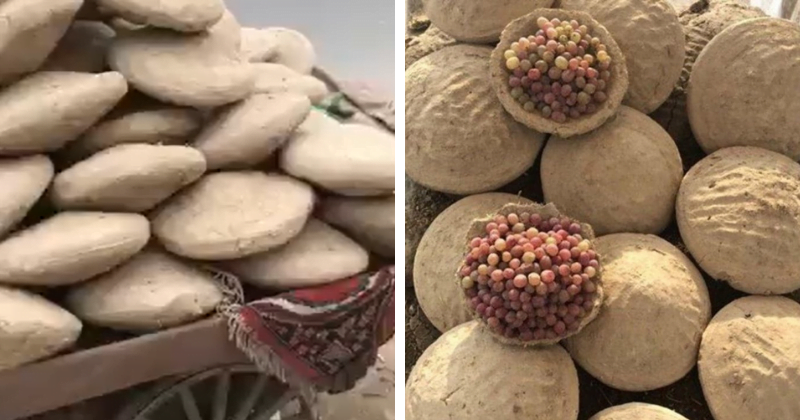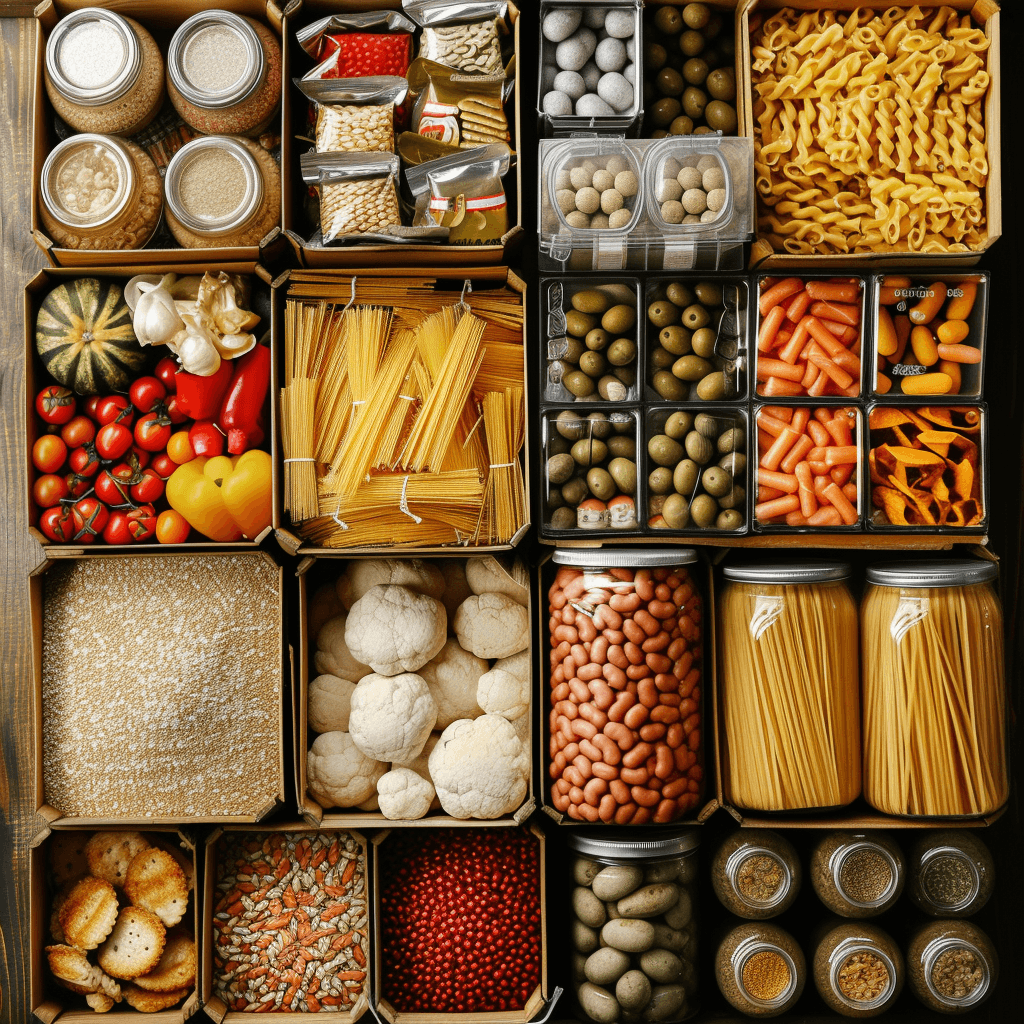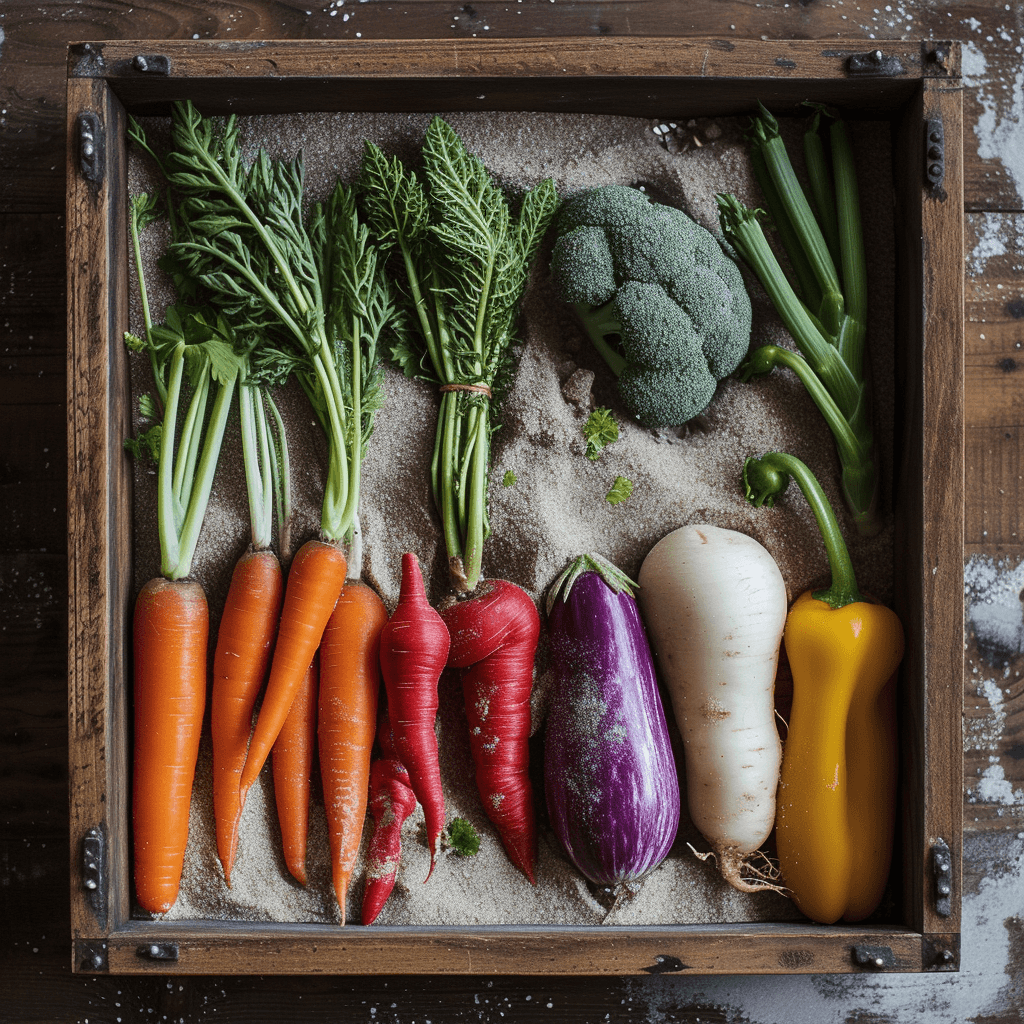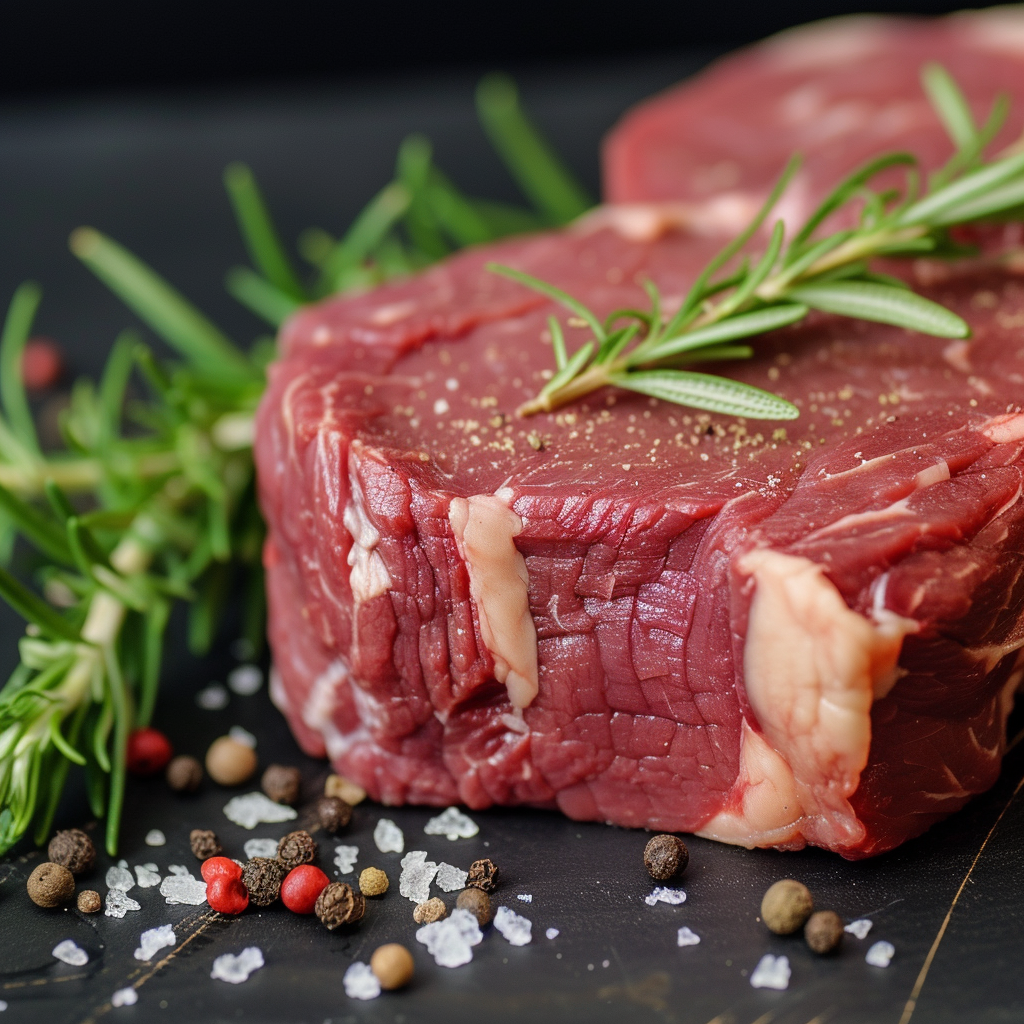Hello there! In this article, we’re going to discuss the fascinating topic of food preservation with clay. We’ll explore the art behind using clay as a method to store and preserve your food, especially in off grid living situations. You’ll learn the different techniques and processes involved in food preservation with clay, and discover how this ancient practice can be a sustainable and efficient way to extend the shelf life of your perishables. So, if you’ve ever wondered how to store food with clay, keep reading to find out more!
The Art of Food Preservation with Clay
Introduction to Food Preservation with Clay
In today’s modern world, where refrigeration and other advanced technologies dominate the food preservation landscape, it’s easy to overlook the ancient, yet highly effective method of using clay pots. Clay pot food preservation is a time-honored tradition that has been practiced for centuries by various cultures around the globe. This article will explore the benefits, history, techniques, and tips for successful clay pot food preservation, allowing you to tap into the wisdom of our ancestors and enhance your culinary skills.
Benefits of Using Clay for Food Preservation
Using clay pots for food preservation offers numerous benefits that contribute to the unique flavors and textures of your preserved food. Clay is a natural material that allows for proper airflow and moisture regulation, creating an optimal environment for food storage. The porous nature of clay allows excess moisture to gradually evaporate, preventing spoilage and prolonging the shelf life of the preserved food. Additionally, the clay’s ability to absorb and release heat slowly ensures even cooking and enhances the preservation process.
Furthermore, clay retains the natural flavors of the preserved food, giving it a distinct and authentic taste. Unlike plastic or metal containers, clay does not react chemically with the food, preserving its original flavors and nutritional value. The porous surface of clay also helps in maintaining the moisture content of the food, preventing it from drying out or becoming soggy.

History of Clay Pottery for Food Preservation
The history of clay pottery for food preservation dates back to ancient times. It is believed that early civilizations, such as the Mesopotamians and Egyptians, used clay pots to store and preserve their harvests. These early pottery techniques laid the foundation for the development of more advanced clay pots throughout history.
Clay pot food preservation played a significant role in off-grid living and sustaining communities. In regions with limited access to modern food preservation methods, such as refrigeration, clay pots were an invaluable tool in preserving food for extended periods. This allowed communities to survive during harsh winters or droughts when fresh food was scarce.
Types of Clay Pots for Food Preservation
There are various types of clay pots available for food preservation, each with its unique properties and characteristics. The most common types include earthenware, stoneware, and terracotta pots.
Earthenware pots are made from low-fired clay, which makes them porous and more suitable for short-term storage. They are ideal for preserving foods like pickles or chutneys that can be consumed within a few weeks.
Stoneware pots, on the other hand, are high-fired clay pots that are vitrified and non-porous. This makes them suitable for long-term storage, as they prevent the absorption of moisture and odors. Stoneware pots are commonly used for fermenting foods like sauerkraut or kimchi.
Terracotta pots are made from natural clay and are known for their excellent heat retention properties. They are suitable for slow cooking and can be used for both preserving and cooking meals.
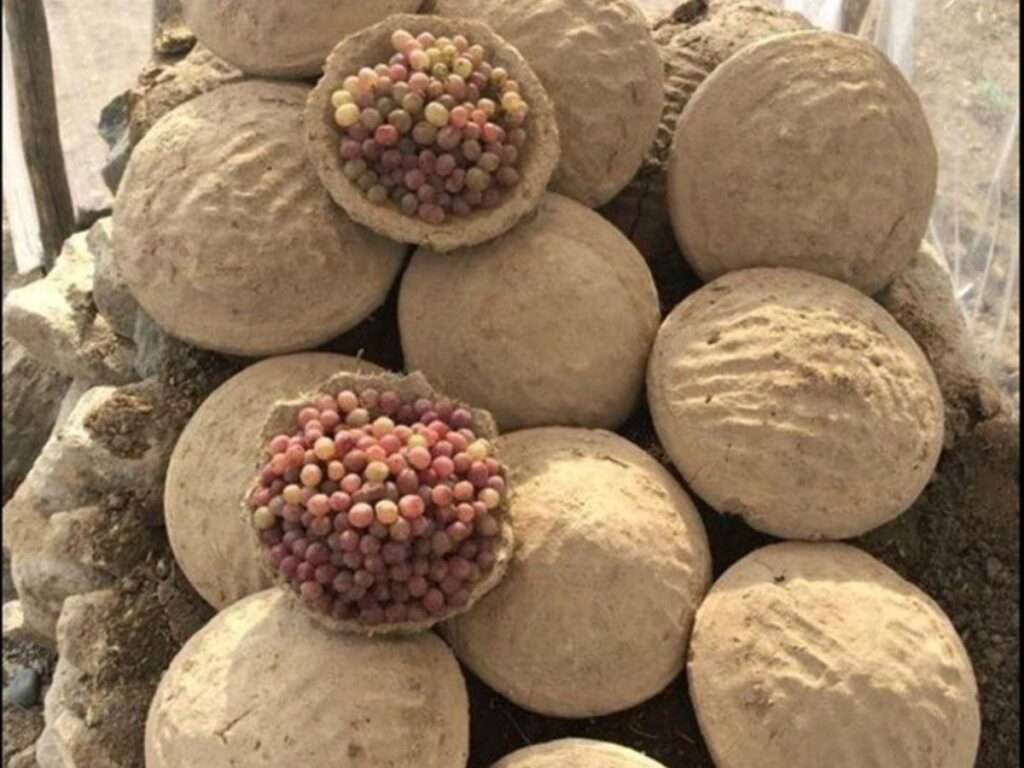
Choosing the Right Clay Pot for Food Preservation
When selecting a clay pot for food preservation, there are several factors to consider. Firstly, ensure that the pot is made from food-grade clay, free from any harmful additives or chemicals. This will ensure the safety and quality of your preserved food.
The size of the pot should also be taken into account. Choose a pot that is appropriate for the quantity of food you intend to preserve. It is better to have a slightly larger pot than necessary, as overcrowding can impact the preservation process.
Consider the lid of the pot as well. A well-fitting lid is crucial for creating an airtight seal, preventing air and moisture from entering the pot. This will help in preserving the freshness and quality of the food.
Preparing the Clay Pot for Food Storage
Before using a new clay pot for food storage, it is essential to properly prepare it to remove any impurities and ensure its optimal performance. Start by soaking the pot in water for at least 24 hours. This will allow the clay to absorb moisture and prevent it from cracking when exposed to heat.
After soaking, clean the pot thoroughly with a gentle brush or sponge, ensuring there are no traces of dirt or debris. Rinse it well and let it air dry completely. Once the pot is dry, season it by rubbing the interior with a small amount of cooking oil. This helps in sealing the pores and enhancing the pot’s longevity.
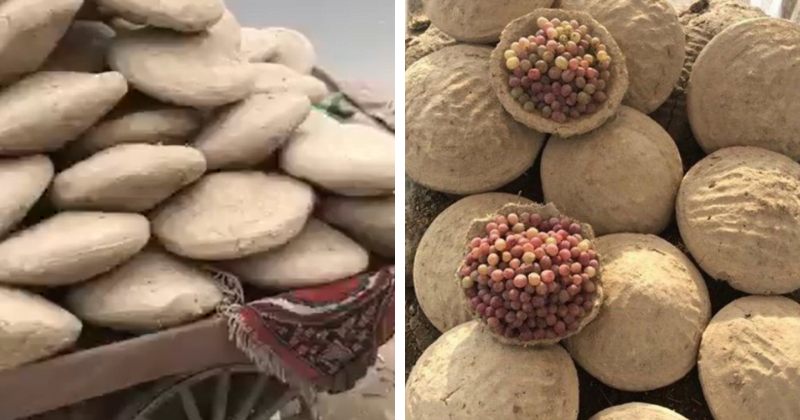
The Process of Storing Food with Clay
Storing food with clay pots follows a straightforward process. Begin by selecting fresh, high-quality produce that is suitable for preservation. Wash and prepare the food as per your recipe or preference.
Next, place the prepared food inside the clay pot, ensuring there is enough space for air circulation. Seal the pot with the lid, making sure it is tightly closed to create an airtight environment.
Store the clay pot in a cool, dry place away from direct sunlight or extreme temperatures. This will help in maintaining the quality of the preserved food and extend its shelf life.
Benefits of Clay Pot Food Storage
Clay pot food storage offers numerous advantages that contribute to the preservation and enhancement of the stored food. The slow and even heat distribution of clay pots ensures that the food is cooked uniformly, creating tender and flavorful dishes.
Additionally, the natural porosity of clay allows moisture to evaporate gradually, preventing the food from becoming too dry or soggy. This helps in retaining the natural texture and juiciness of the preserved food, resulting in a delightful culinary experience.
Furthermore, the use of clay pots for food storage is an eco-friendly and sustainable option. Unlike plastic containers, clay pots are biodegradable and do not contribute to environmental pollution. By adopting clay pot food storage techniques, you are not only preserving food but also reducing your carbon footprint.
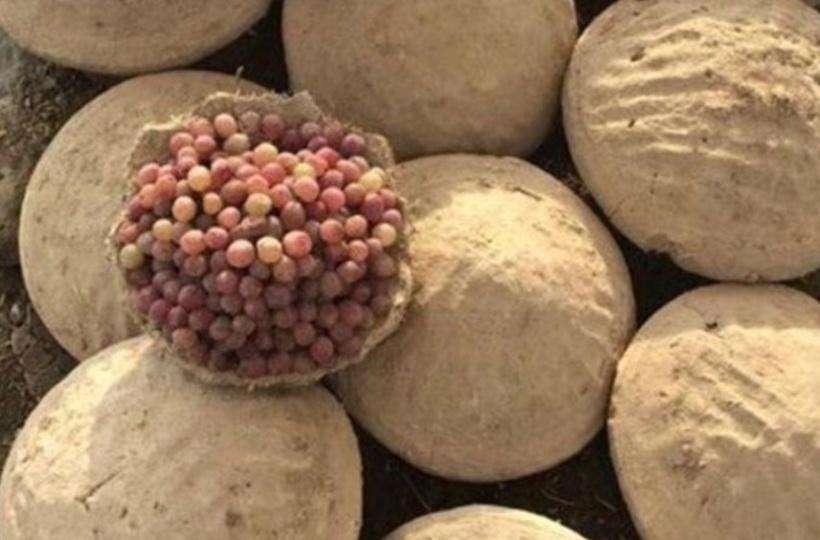
Factors Affecting Clay Pot Food Preservation
Several factors can influence the success of clay pot food preservation. Firstly, proper cleaning and seasoning of the pot are essential to create an optimum environment for food storage. Neglecting these steps may result in compromised food quality or the growth of mold and bacteria.
Temperature and humidity levels also play a crucial role in clay pot food preservation. Extreme temperatures or high humidity can affect the performance of clay pots and lead to spoilage of the preserved food. It is important to store clay pots in a cool, dry place to maintain their effectiveness.
Lastly, the quality and freshness of the ingredients used for food preservation are paramount. It is vital to select the best produce and ensure proper handling to avoid introducing contaminants or compromising the preservation process.
Traditional Recipes and Techniques for Clay Pot Food Preservation
Traditional recipes and techniques for clay pot food preservation vary across different cultures and regions. Some popular examples include:
Indian cuisine: Clay pots, known as “matki,” are commonly used to preserve dals (lentils) or curries. The slow-cooking process allows the flavors to develop and intensify, resulting in rich and aromatic dishes.
Mexican cuisine: Clay pots, called “cazuelas,” are used for preserving and serving traditional dishes like mole or barbacoa. The clay imparts a distinct smoky flavor to the food, enhancing its authenticity.
Chinese cuisine: The use of clay pots, known as “sand pots,” is integral to certain cooking techniques, like “Bao Zai Fan” (Clay Pot Rice). The clay pot’s heat retention properties ensure a crispy bottom layer of rice and succulent toppings.

Innovations and Contemporary Approaches to Clay Pot Food Preservation
In recent years, there has been a resurgence of interest in clay pot food preservation, leading to innovative techniques and contemporary approaches. Food enthusiasts and chefs alike are exploring new ways to incorporate clay pots into their modern kitchens.
One such innovation is the introduction of clay pot slow cookers. These electric appliances combine the benefits of traditional clay pots with the convenience of modern technology. They allow for slow cooking and food preservation without the need for constant monitoring or stovetop heat.
Furthermore, artisans and ceramicists are creating innovative designs and shapes for clay pots, including stackable versions and those with built-in temperature control features. These advancements cater to the evolving needs of home cooks and further expand the possibilities of clay pot food preservation.
Tips and Tricks for Successful Clay Pot Food Preservation
To ensure successful clay pot food preservation, here are some practical tips and tricks:
- Opt for a clay pot with thick walls, as it will provide better heat distribution and retention.
- Soak the clay pot in water for 24 hours before first use to prevent cracking.
- Avoid sudden temperature changes by gradually heating or cooling the clay pot to prevent any damage.
- Store clay pots in a dry and well-ventilated area to prevent the growth of mold or mildew.
- Clean clay pots with warm water and a soft brush or sponge to maintain their integrity.
- Avoid using abrasive cleaners or harsh chemicals, as they can damage the clay pot’s surface.
By following these tips, you can ensure the longevity and effectiveness of your clay pots for food preservation.
Sustainability and Environmental Impact of Clay Pot Food Preservation
In addition to the numerous benefits of clay pot food preservation, it is worth highlighting the sustainability and environmental impact of this ancient technique. Clay pots are made from natural materials, such as clay and water, and do not contribute to environmental pollution or waste. Unlike plastic or metal containers, which can take centuries to decompose, clay pots are biodegradable and leave no lasting impact on our planet.
Furthermore, the use of clay pots reduces the reliance on electricity and requires minimal energy consumption compared to refrigeration or other modern preservation methods. By embracing clay pot food preservation, you can adopt a more sustainable lifestyle and contribute to the conservation of our resources.
Conclusion
The art of food preservation with clay is a testament to the ingenuity and resourcefulness of our ancestors. From ancient civilizations to contemporary kitchens, clay pots have stood the test of time as a reliable and effective method of storing and preserving food.
Whether you are seeking to connect with traditional culinary techniques or reduce your environmental impact, clay pot food preservation offers a wealth of benefits. By selecting the right pot, preparing it properly, and following time-tested techniques, you can discover the joys of preserved foods that are rich in flavor and history.
So, why not embrace the art of food preservation with clay and embark on a journey that honors tradition, tantalizes your taste buds, and contributes to a more sustainable future? Happy preserving!

